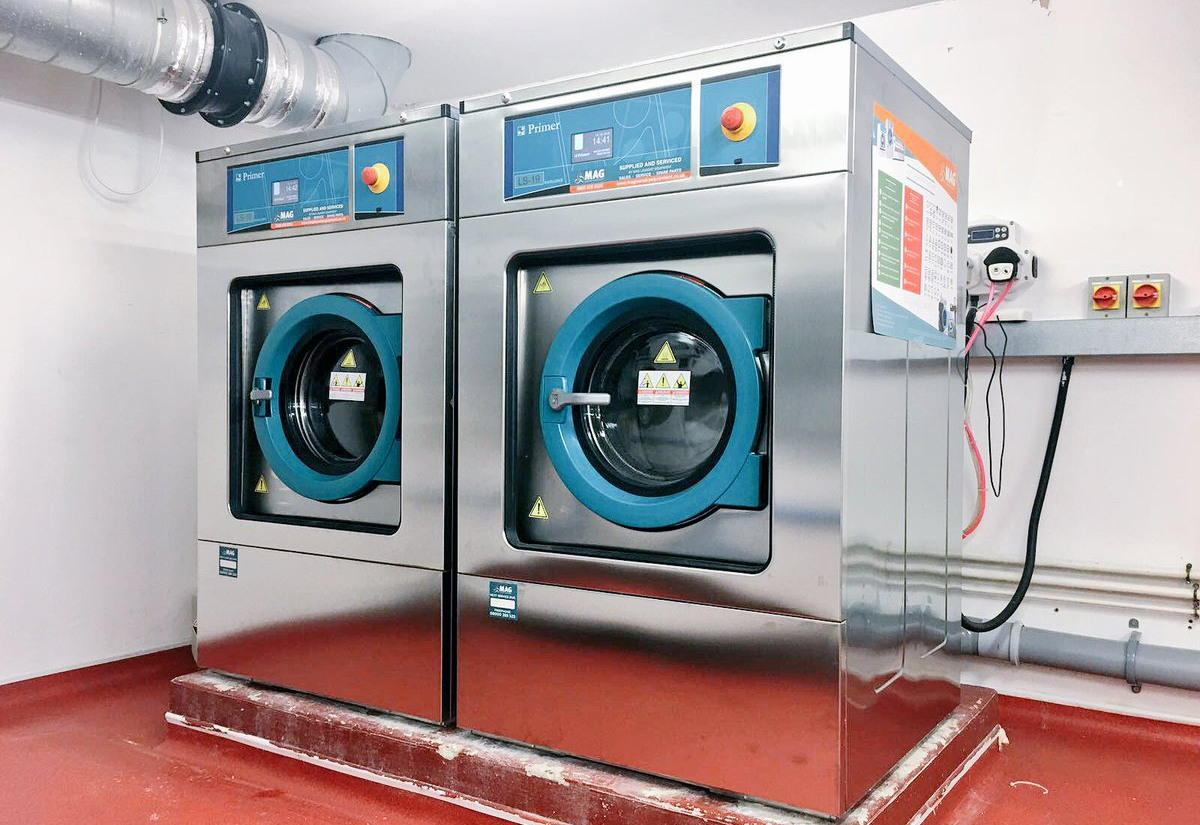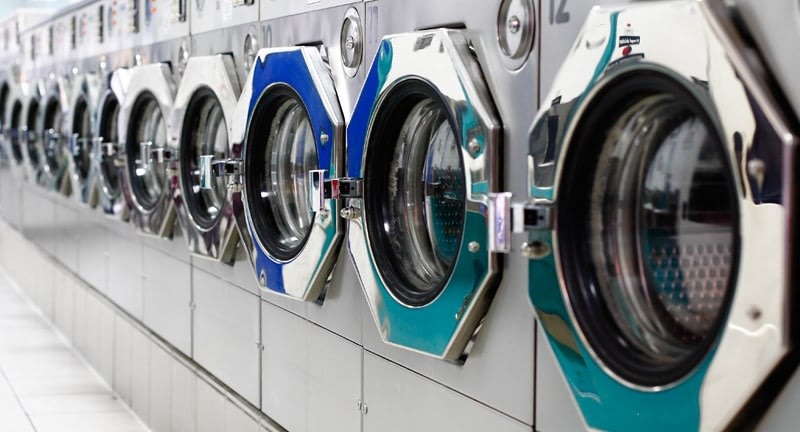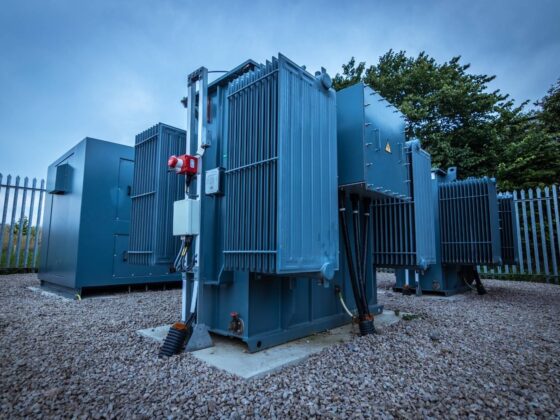Selecting the right commercial laundry equipment is a critical decision that directly impacts operational efficiency, running costs, and service quality. A machine that is too small leads to constant, inefficient cycles, while an oversized one wastes water, energy, and floor space. For businesses in hospitality, healthcare, and self-service laundry, understanding capacity and workload is the first step toward a streamlined and profitable operation. This guide will help you navigate the key considerations to choose the perfect commercial laundry washing machine size for your specific needs.
Matching Machine Capacity to Your Business Model

The core of your laundry strategy lies in choosing a commercial laundry washing machine with the right capacity, measured in pounds (lbs) or kilograms (kg). This isn’t a one-size-fits-all decision. A hotel’s needs for washing linens are vastly different from a laundromat’s requirement to serve diverse public loads. To make the right investment, you must analyze your daily poundage, types of fabrics, and turnaround time requirements. For a detailed breakdown of capacities and models that align with high-volume commercial demands, click here to explore our comprehensive buying guide.
Hotel Laundry: Prioritizing High-Volume Linen Throughput

Hotels require machines that can efficiently process large quantities of similar items—primarily sheets, towels, and pillowcases. The goal is high-volume throughput with consistent, hygienic results.
Recommended Capacity: 50 lb to 125 lb (23 kg to 57 kg) machines.
Why It Works: A bank of 50 lb or 75 lb washers allows staff to run multiple loads of specific linens simultaneously, drastically reducing total processing time. Larger 100 lb+ machines are ideal for flagship hotels with immense daily output, capable of washing an entire cart of heavy terry towels in a single cycle. Stacked washer-dryer units are also a popular choice to save valuable space in a dedicated laundry room.
Care Home Laundry: Balancing Hygiene and Gentle Cycles

Care homes and assisted living facilities deal with a mix of resident personal clothing and facility linens. The laundry process must be highly hygienic yet gentle enough to preserve personal garments.
Recommended Capacity: 25 lb to 50 lb (11 kg to 23 kg) machines.
Why It Works: A mix of smaller 25 lb-35 lb machines is perfect for sorting loads by color and fabric type for residents’ personal clothing. A larger 50 lb unit can efficiently handle batches of bedding and towels. This setup ensures compliance with health regulations through thermal and chemical disinfection cycles while providing the flexibility needed for diverse loads.
Laundromat Laundry: Offering Versatility and Speed to Customers
The success of a laundromat hinges on customer convenience, which is driven by machine versatility, speed, and reliability. Patrons need to finish their laundry in one visit.
Recommended Capacity: A mix of 20 lb, 30 lb, 50 lb, and 80 lb (9 kg, 14 kg, 23 kg, 36 kg) machines.
Why It Works: Offering a range of sizes caters to every customer, from a single individual with a small load to a large family with bulky comforters. Top-loading 20-30 lb machines are user-friendly for standard loads, while large 50-80 lb front-loaders are essential for oversized items like king-size bedding and rugs. Speed is also a key selling point; machines with shorter cycle times increase customer turnover and satisfaction.
Conclusion
Investing in the correct commercial washer size is a strategic decision that pays dividends in efficiency and cost-effectiveness. Hotels thrive with high-capacity machines for bulk linen, care homes require a flexible mix for hygiene and gentle care, and laundromats succeed by offering a versatile range for public use. By carefully analyzing your specific daily workload and fabric types, you can build a laundry system that not only meets demand but also optimizes your utility consumption and floor space, ensuring smooth operations for years to come.


